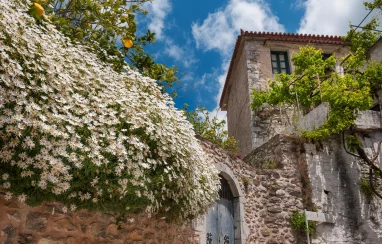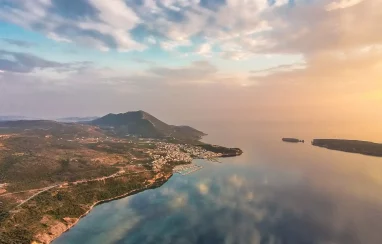By John Papadimitriou
Messinia has a history stretching back thousands of years – but did you know that besides ancient history, there are plenty of sites that tell inspiring tales of the destination’s medieval glory days? The natural harbors of Methoni and Koroni, for example, were promised to Achilles by king Agamemnon to allay his rage in Homer’s “Iliad,” but the actual fortified towns were built in these strategic geographical locations by the Venetians, and are known as the “Eyes of Venice.” During the Middle Ages, Methoni and Koroni, built almost facing each other, were important stops for commercial ships and pilgrims on their way to the Holy Land.
Today, they are idyllic year-round destinations. Located on opposite sides of Messinia’s southern tip, it takes just half an hour to reach Methoni by car from Costa Navarino, and another half hour along the sandy coast to get to Koroni, making them the perfect destinations for a day excursion. In the charming harbors, locals mingle with watersport enthusiasts who are drawn here for the endless activities by the sea. History buffs come to explore the catacombs of Aghios Onoufrios, where hermits lived during the 5th century, and stroll around the castles. Should you visit the region towards the end of April, be sure to watch the annual celebration in Methoni, which reconstructs the naval battle that took place in 1825.
Two medieval castles
The Castle of Methoni was built in the early 13th century by the Venetians, while fortifications were subsequently added by the French and the Ottomans. This is one of the largest castles in the Mediterranean, covering an expanse of 93,000 square meters. To get inside, cross the stone bridge with its fourteen arches and admire the octagonal-shaped Bourtzi. Significant points of interest include the Church of the Metamorphosi tou Sotiros, with its stone belltower, the main gate featuring the lion of Saint Mark, and the domed structures that once housed the Ottoman baths.
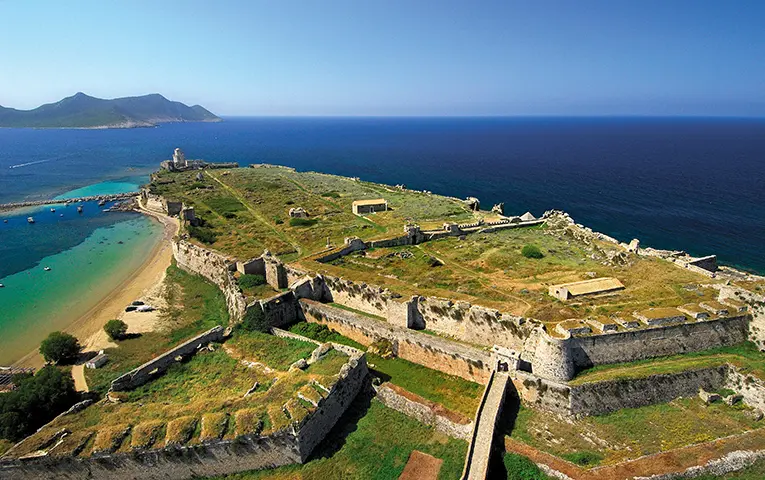
Nestled within the captivating landscape, the Castle of Koroni emerges as a tribute to the architectural wonders of the 13th century, casting a beckoning allure with its intimate charm. This fortress reveals an intricate architectural schema, adorned with well-preserved developments, encompassing the Byzantine 12th-century church, Aghia Sofia, and the unwavering Aghios Haralambos. The esteemed monastery of Aghios Ioannis Prodromos stands as a symbol of the timeless spiritual heritage of the region. Under the castle’s shade, an undiscovered treasure lies—the Church of Panagia Eleistria, nestled within a small forest of palm trees.
Functioning as a living chronicle of history, the Castle of Koroni extends an invitation to visitors, encouraging them to submerge in a voyage through time, where the threads of history and architecture elegantly intertwine.
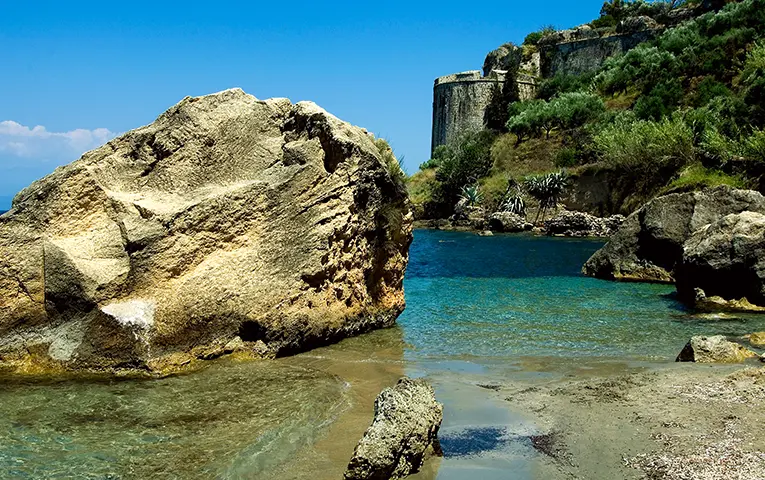
Natural beauty
The exotic Sapienza opposite Methoni is the largest island of the Messinian Oinousses, incorporated in the Natura 2000 network. Uninhabited and breathtakingly beautiful, it boasts a wonderful beach with deep blue waters called Ammos, an impressive forest of arbutus trees, and a lighthouse dating from 1885, and is home to a large number of wild goats. On the nearby island, named after the chapel of Aghia Marina, make sure to explore the traditional festival “panigyri” that takes place here, while in the south you will find Kardia, a heart-shaped island that has been the subject of many photographs. During the summer months, you can visit Sapienza by boat from Methoni.
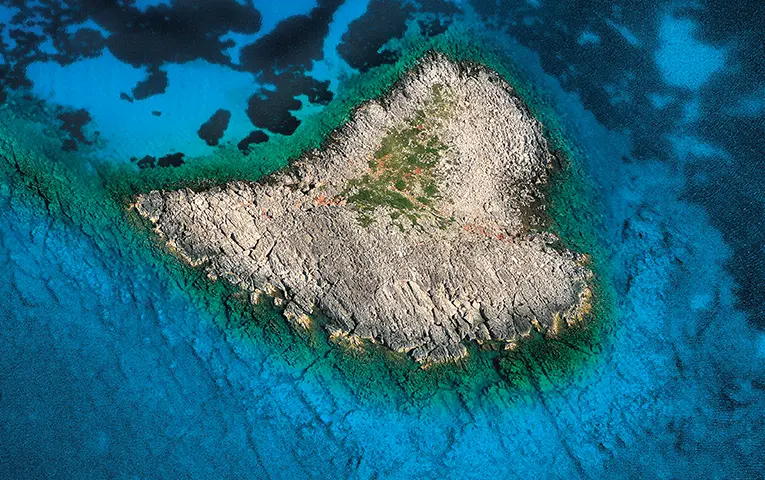
Before heading back to Costa Navarino, don’t forget to indlulge in a meal at one of the charming traditional tavernas lining the harbors of the castle towns; Koroni, in particular, has been selected as an emblematic community for the Mediterranean Diet, included on the UNESCO Intangible Cultural Heritage list. Alternatively, make sure to stop for a swim and some castle building of your own at the popular Zaga-Memi Beach, where loggerhead sea turtles nest, or Makriammos Beach with its flowing sand dunes, forming part of the Natura 2000 network.
[Edited version of an article previously published at Greece-Is.com.]
